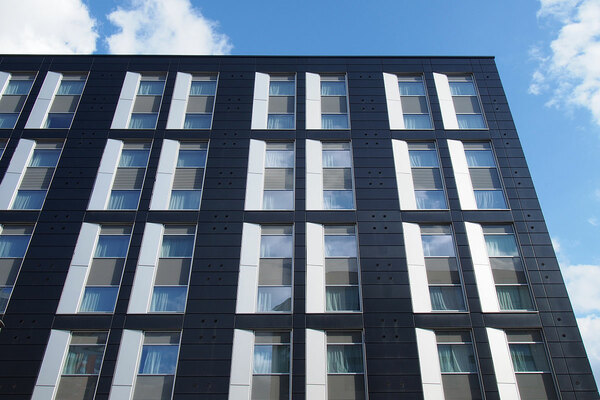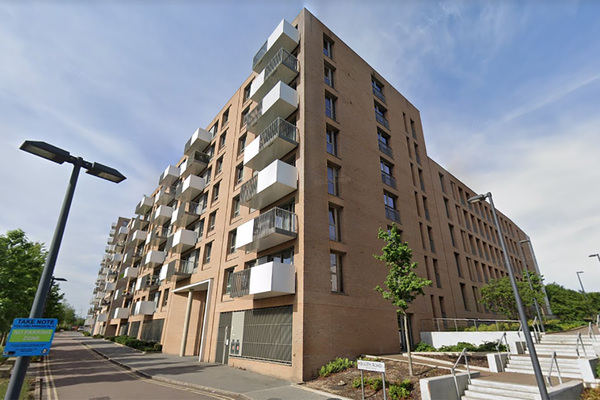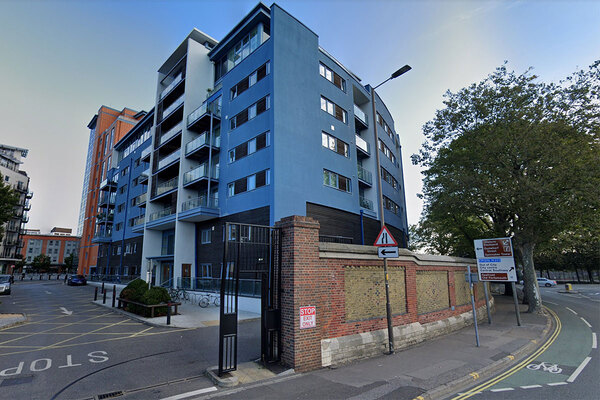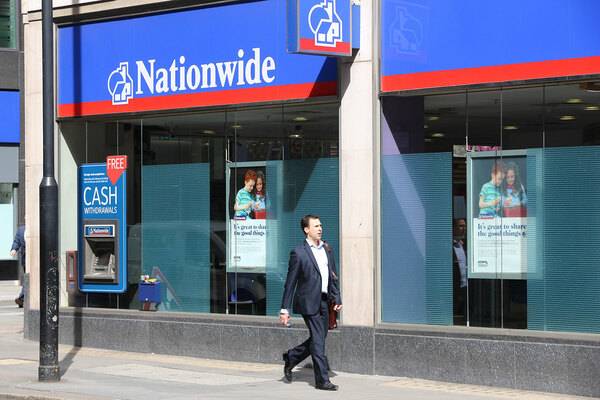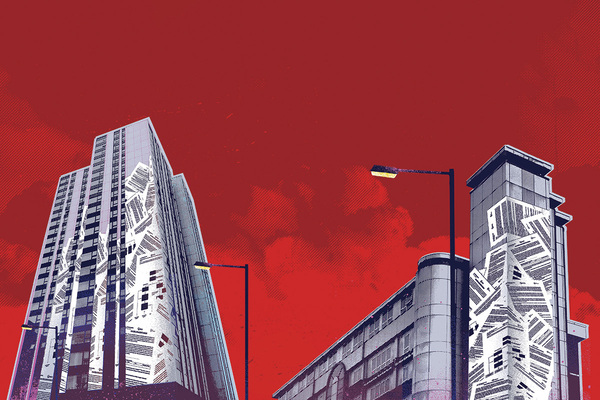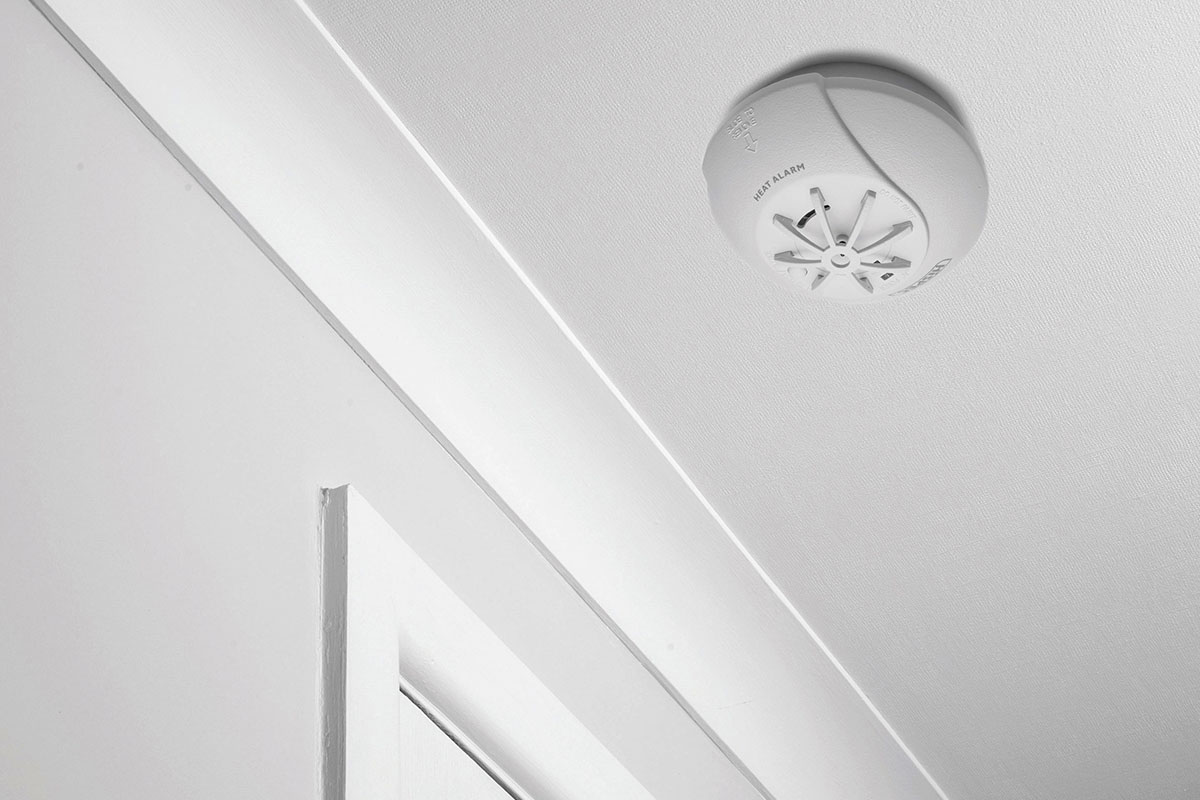You are viewing 1 of your 1 free articles
EWS crisis: number of fire engineers available for EWS1 checks drops by a quarter in eight months
The number of registered chartered fire engineers able to sign off External Wall System 1 (EWS1) forms on all buildings has dropped by nearly 80 people in eight months, according to the trade body that represents them.
The latest figure from the Institution of Fire Engineers (IFE) for the number of chartered fire engineers is just 212, down by more than a quarter on the figure of 291 given last July.
The latest figures highlight the extent of the skills shortage around those able to carry out crucial EWS1 checks, with the number of correctly qualified people appearing to drop drastically.
Currently, tens of thousands of leaseholders are waiting for an EWS1 check on their building before they can sell, with much of this delayed due to a shortage of qualified people able to carry out checks.
In some cases leaseholders have been told they could be waiting up to a decade for a check to be completed.
Chartered and incorporated engineers are crucial for the EWS1 system as they are the only professionals that can sign off all parts of the controversial form.
The EWS1 form splits buildings into categories. Category ‘A’ states that a building has little to no cladding present, while category B is signed when cladding is present and an engineer must decide whether the risk is low enough that the building does not require remedial works.
EWS1 guidance states that category A can be signed by a number of different professionals. However, category B states the signatory should be a chartered or incorporated engineer with full membership to the IFE or from another relevant professional body that deals with fire safety in the built environment.
Analysis from the Building Safety Register has estimated that as many as nine in 10 of the buildings that receive an EWS1 form end up put into category B.
The 212 figure was confirmed by the government last month in an answer to a parliamentary question from shadow housing minister Mike Amesbury. It was well down on the number previously given by housing minister Christopher Pincher in answer to a question from Brentford and Isleworth MP Ruth Cadbury, when he said the Ministry of Housing, Communities and Local Government had been informed by the IFE that there were 291 chartered fire engineers.
When asked by Inside Housing whether that was still the case, the IFE sent its link to the register of chartered and incorporated fire engineers. On the list there are currently 83 chartered fire engineers and 12 incorporated engineers listed. However, it is understood that this is not an exhaustive list and only includes those who have chosen to be visible on the IFE website.
A spokesperson for the IFE also said it was important to point out that the EWS1 guidance describes CEng or IEng registration via the the trade body “or equivalent”.
It said: “The IFE supports the concept of ‘equivalency’ and has worked with RICS [Royal Institution of Chartered Surveyors] and FIA [Fire Industry Association] on a definition of what ‘or equivalent’ is.
“Those individuals who feel they have demonstrable competence to an equivalent standard may wish to discuss this with the body that granted the said alternative.”
However, Inside Housing has seen an email from the RICS sent to a leaseholder in March in which it states the B option on the form can only be signed off by a fire engineer and that the IFE is the professional body for fire engineers.
It added that while the IFE and government were working to look at any qualifications that may be equivalent to chartered or incorporated status from the IFE, it was not aware of what they would be yet.
The revelations around the number of fire engineers available to carry out the crucial EWS1 checks comes as the final story in a week of coverage by Inside Housing highlighting the issue with the system that is currently causing chaos and confusion in the UK flat sale market.
Other stories include examples of people receiving multiple EWS1 forms for a building or in some cases two conflicting grades.
A RICS spokesperson said: “When the EWS process was produced, for properties over 18m, it was based on buildings above 18m and the professionals available to carry out the checks on those buildings. It was developed with cross-industry parties. When the advice changed, more buildings were brought into scope.
“Currently only IFE members with IEng or Ceng or equivalent accreditation can sign for option B on an EWS1 form. As more buildings have been brought into scope, there’s now a greater demand for professionals to carry out the assessments.
“In January 2021, to address the issues, RICS launched a new training programme for chartered building surveyors and chartered building control surveyors to enable them to undertake external wall system assessments for low to medium-rise residential buildings below 18m. The newly qualified professionals will help increase the number of professionals qualified to carry out assessments, sign for categories A and B on the EWS1 form and support the current market demand.
“Buildings over 18m or those which are high risk and require specialist testing will still require a qualified fire safety engineer IEng or CEng member of IFE.
“The main barrier to increasing the number of professionals is PII [professional indemnity insurance]. As you will be aware in recent years, PII has become increasingly more expensive and difficult to secure across all sectors.
“We’ve worked on this for a long time and called for change to ensure that professionals can help leaseholders and we continue to work with government and other industry stakeholders to find practicable and affordable solutions for the profession for properties over four storeys, with the government’s commitment to developing an indemnity scheme for EWS1 completers.”
Sign up for our fire safety newsletter
Already have an account? Click here to manage your newsletters
